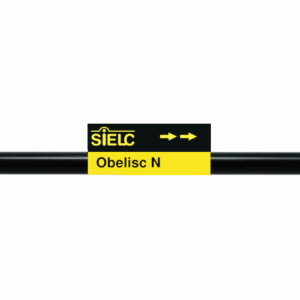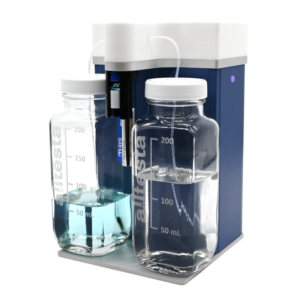
Glyphosate and intermediates/impurities of production are separated on an Obelisc N HILIC/ion-exchange column by a combination of HILIC and ion-exchange mechanism. Method can be used in analysis of glyphosate, iminodiacetic acid, (N-phosphonomethyl)-imminodiacetic acid, diethanolamine and related impurities in reaction mixtures, waste and ground waters. Detection techniques are LC/MS, ELSD, CAD and UV.
| Column | Obelisc N, 4.6×150 mm, 5 µm, 100A |
| Mobile Phase | MeCN/H2O |
| Buffer | Ammonium Formate |
| Flow Rate | 1.0 ml/min |
| Detection | ELSD |
| Class of Compounds |
Herbicide, Hydrophilic, Ionizable |
| Analyzing Compounds | Glyphosate, IDA, PMIDA, DEA |
Application Column
Obelisc N
SIELC has developed the Obelisc™ columns, which are mixed-mode and utilize Liquid Separation Cell technology (LiSC™). These cost-effective columns are the first of their kind to be commercially available and can replace multiple HPLC columns, including reversed-phase (RP), AQ-type reversed-phase, polar-embedded group RP columns, normal-phase, cation-exchange, anion-exchange, ion-exclusion, and HILIC (Hydrophilic Interaction Liquid Chromatography) columns. By controlling just three orthogonal method parameters - buffer concentration, buffer pH, and organic modifier concentration - users can adjust the column properties with pinpoint precision to separate complex mixtures.
Select optionsGlyphosate
IDA (Iminodiacetic acid)
PMIDA (Phosphonomethyliminodiacetic acid)





